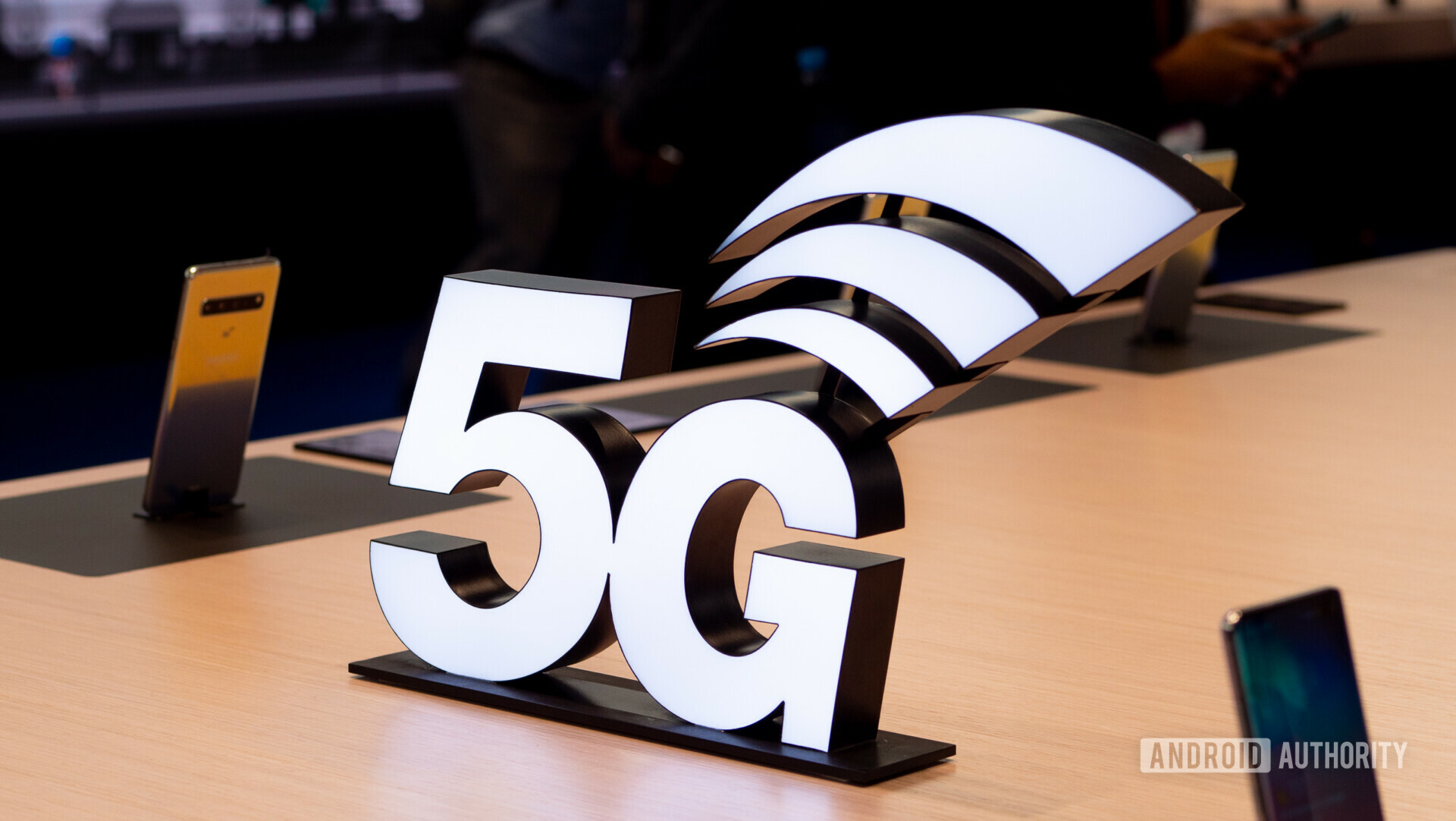The industry sees 5G as a cash cow. That could backfire.

Are people really excited about 5G? That’s 2020’s billion dollar question. The mobile industry is betting heavily on YES. Just look around at the slew of flashy new and expensive 5G smartphones hitting the market in early 2020. The Galaxy S20 5G, LG V60, and Sony Xperia 1 II each cost a minimum of $999. With top of the line models reaching an eye watering $1,499.
It wasn’t long ago that the first phone to breach the $1,000 barrier met with almost universal dismay, but 5G has pushed the price of flagships even higher. It is more expensive to implement 5G, due to higher cost modems and radio hardware, not to mention the need for bigger batteries. Qualcomm pushing the industry along with its latest 5G-only high performance chip hasn’t helped either. However, manufacturers are happy enough to go along with this trend, hoping to line their own pockets as they go.
The big mobile players clearly view 5G as a major windfall, able to prop up the industry’s increasingly thin profit margins. All based on the premise that consumers will pay more for faster data speeds. While the industry thinks it’s found the next cash cow on the horizon, the mirage could turn out to be a dead horse.
Consumers aren’t buying $1000 phones
While the media spends most of its attention reviewing expensive premium tier handsets, these models account for a shrinking portion of global smartphone shipments.
Case in point, 2019’s best selling Android handset isn’t a flagship. Not even close, it’s the Samsung Galaxy A10. Retail price, just around $200. The real volume-shifting Android phones fall below the $300 price bracket. You certainly won’t find 5G support at those prices. Furthermore, Apple’s more affordable $749 iPhone XR (now reduced to $599) and $699 iPhone 11 also outsold the company’s premium tier product in 2019.
Mid-tier value is increasingly more attractive than unaffordable flagships.
This isn’t just a case of regional spending power either. In the US, just 10% of consumers pay $1000+ for smartphones, according to NPD. That doesn’t bode well for 5G handsets, which typically start at the $1000 mark and average around $1200. Furthermore, 3 out of 4 consumers surveyed were aware of 5G and it’s touted benefits. Suggesting that price, not awareness, is 5G’s biggest sticking point.
While consumers definitely care about data speeds, a 2,000 strong survey conducted by Amdocs highlights that service bundling, AR/VR experiences, and online gaming and entertainment are similarly appealing. 5G smartphones aren’t revolutionizing the consumer experience across these segments yet, leaving many to wonder why bother spending so much more money versus 4G.

Galaxy S20 sales: a sign of things to come
It hasn’t taken long for this reality to catch up to manufacturers. Early sales for the Galaxy S20 in Korea are down 50% compared to the Galaxy S10. While some are blaming coronavirus fears for reduced store visitors, the higher price point and lack of carrier discounts seem like a more likely culprit.
Even in South Korea, where 5G is more established than other markets, the lure of faster data is not enough to revolutionize Samsung’s mobile sales. While some serious fans will continue to flock to early sales from Samsung and Apple, their flagship models increasingly struggle with longer term momentum. We’ll have to see if 5G can prolong their appeal, but the early sales signs don’t look promising.
Expensive 5G phones could see consumers hold onto old handsets for longer or turn to second-hand markets.
We already know that consumers are holding on to their handsets longer and longer. A phone from two, three, or even four years ago is still perfectly serviceable. 5G doesn’t change that fact, if anything it may exacerbate the lack of turnover for manufacturers. High prices encourage consumers to hold on to old tech for longer, either to save up or defer expensive purchases for as long as possible.
The market for second hand and refurbished models also grants cheaper entry points for the majority of consumers spending under $1000 but who still want modern tech. Carriers and manufacturers may think 5G is a major windfall, but unaffordable prices could end up driving consumers further away.

Mid-tier 5G is more promising
5G is still in it’s early years, with regional rollouts and plenty more products to come. It’s clearly too early to completely write off 5G’s appeal, we’ll have to see how sales pan out over the year. However, early signs suggest the market isn’t as lucrative as some expected.
5G currently commands a premium, but that won't last forever.
One area where 5G handsets could make more of a breakthrough is in the mid-tier market. Chip manufacturers including Qualcomm, Samsung, and MediaTek all have more affordable 5G options available, which will appear in handsets later this year. While still likely to be more expensive than their 4G equivalents, 5G without the $1000 price tag may be a more palatable upgrade path for mass consumers.
While I’m not a 5G naysayer, it seems inevitable that higher and higher prices aren’t sustainable. With 5G struggling to compel consumers to upgrade, those like myself may simply end up waiting for more affordable options. Be that mid-tier or second hand models.
from Android Authority https://ift.tt/3cIgasf





No comments: